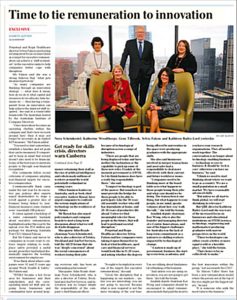Every couple of months, after the release of official workplace fatality figures and serious injury, the Australian media reports the three most dangerous industries as Agriculture, Fishing and Forestry. The latest article appeared in Australia’s Fairfax Media on 17 January 2018. It is good that occupational health and safety (OHS) is gaining attention. When so little media attention is given, any publicity is useful.
However this type of article also presents some negatives, including that it may be only representing 60% of all workplace fatalities and serious injuries.
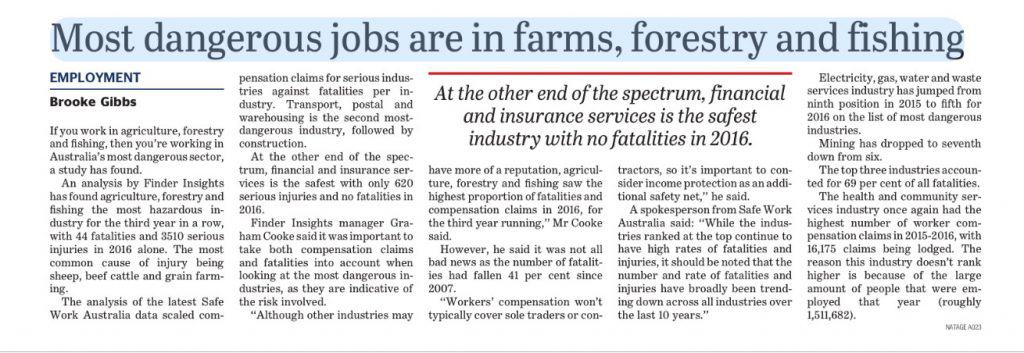

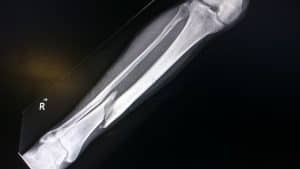 On November 9 2017, the Australian Institute of Health and Welfare (AIHW) released statistical data on work-related injury. This data included statistics from workers compensation but also statistics about hospitalised injuries that were identified as work-related but funded by sources other than workers’ compensation. The report also provides a different perspective on mental health.
On November 9 2017, the Australian Institute of Health and Welfare (AIHW) released statistical data on work-related injury. This data included statistics from workers compensation but also statistics about hospitalised injuries that were identified as work-related but funded by sources other than workers’ compensation. The report also provides a different perspective on mental health. 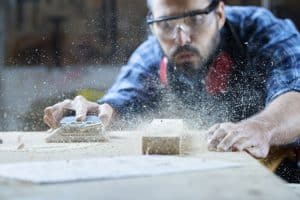 Workplace injury statistics are always less than reality as they are
Workplace injury statistics are always less than reality as they are 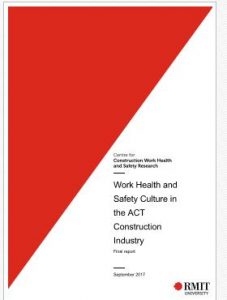
 In February 2018 the
In February 2018 the 